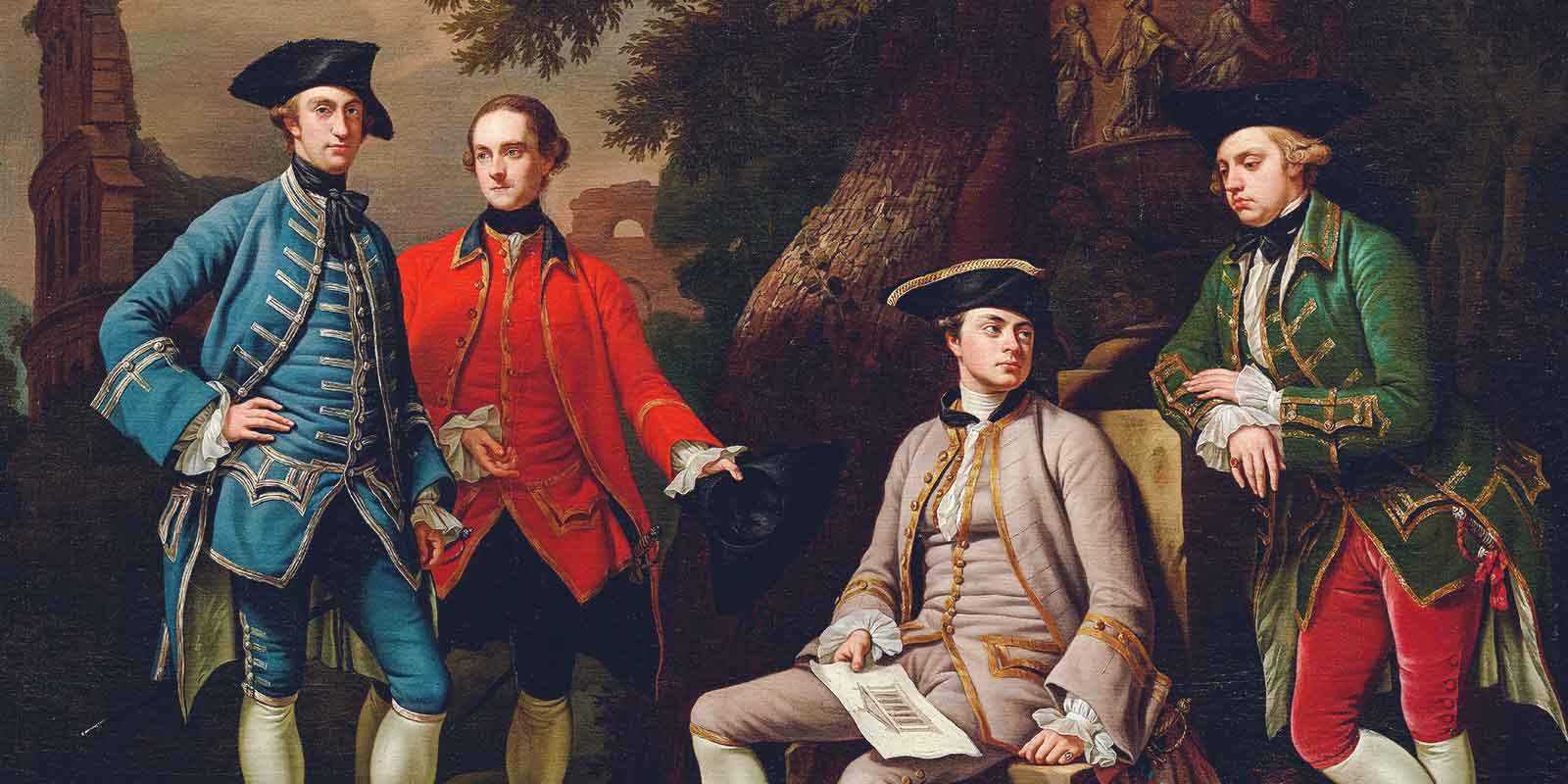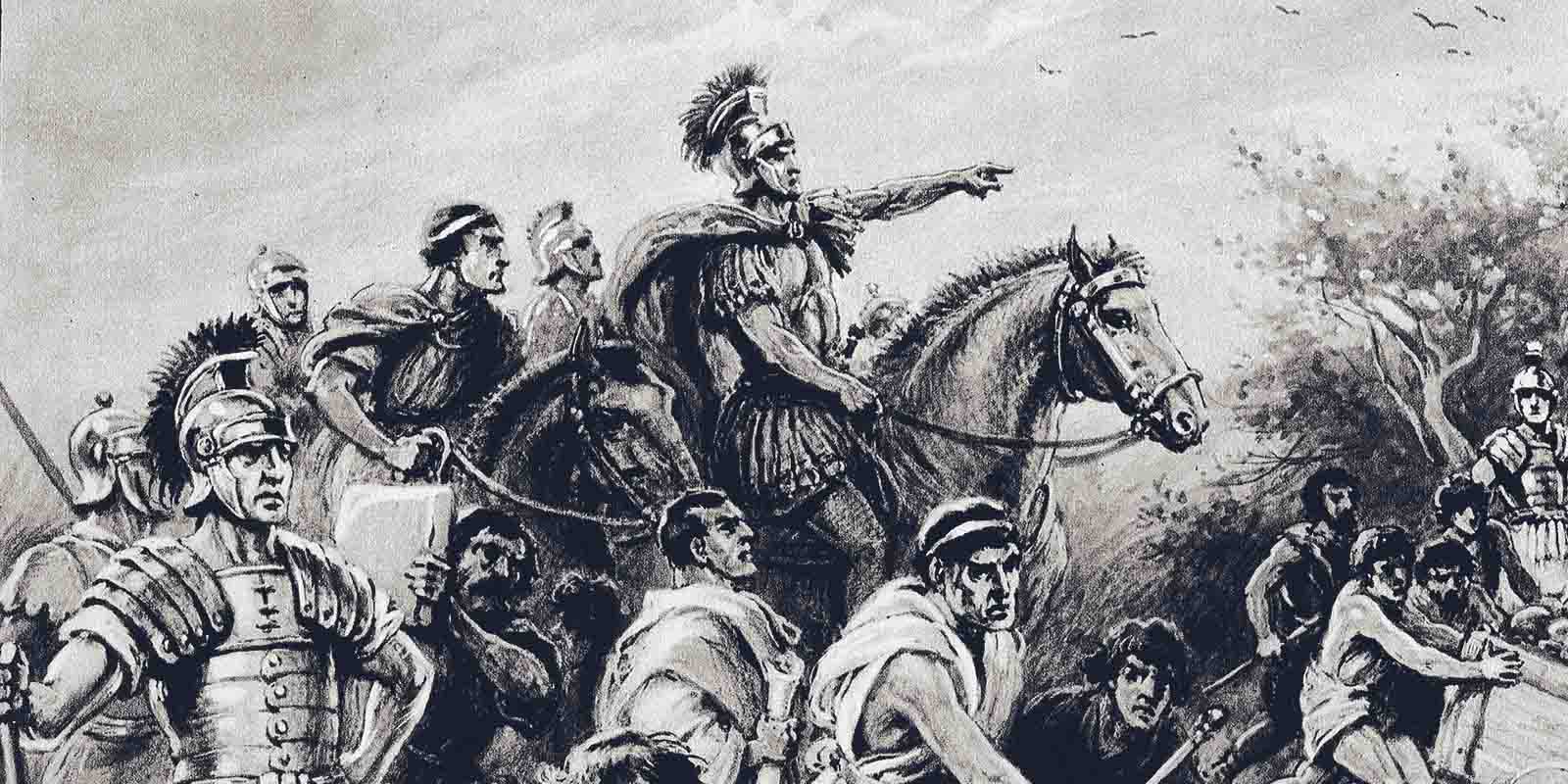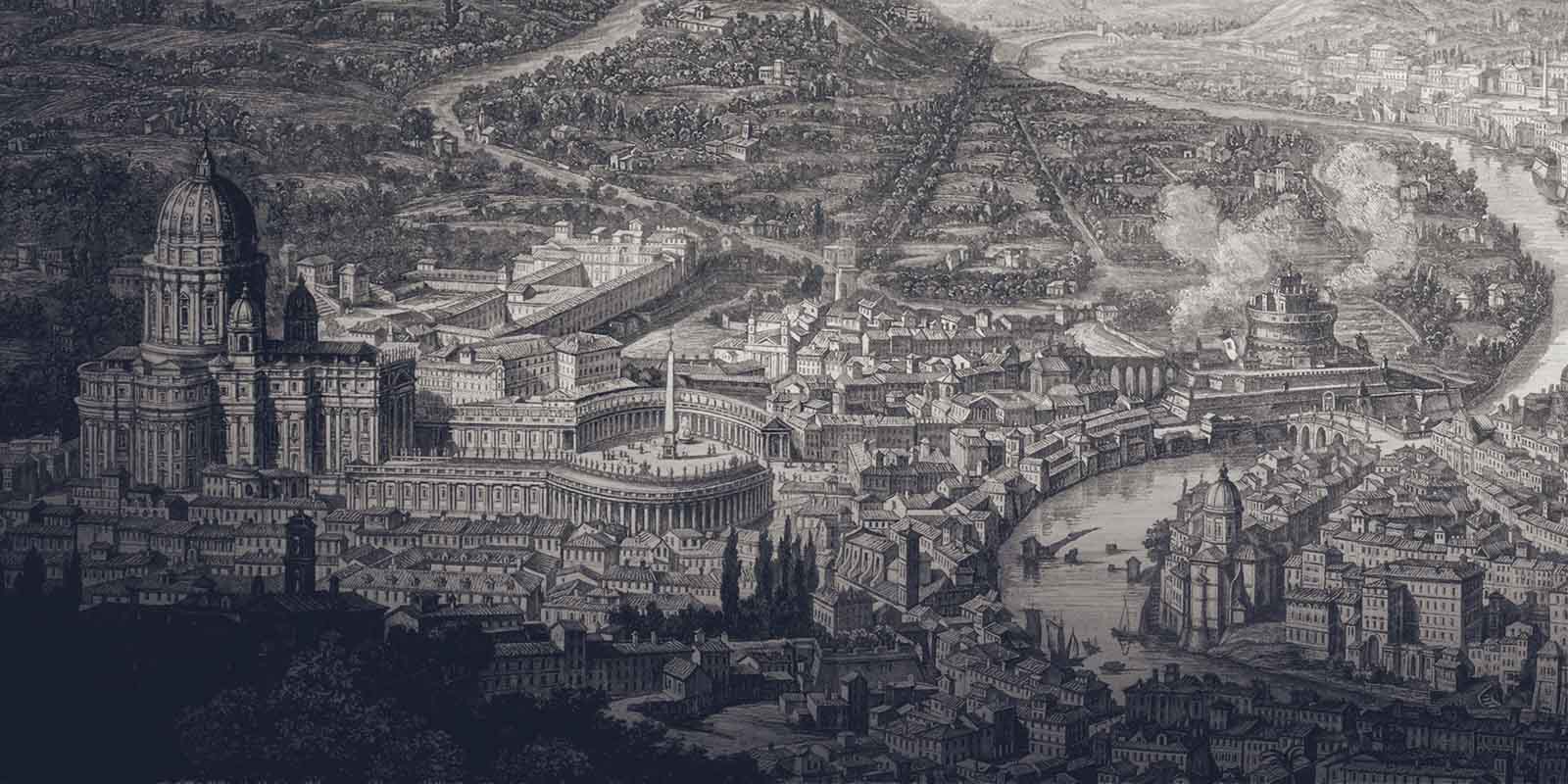Forged through past conquest and commerce, Rome has strong links to the United Kingdom. Thousands of years after the Roman invasion, the influence of its empire remains all around the UK. As we release the second coin in our series dedicated to City Views, we explore the fascinating connection and ongoing cultural exchange between Rome and the UK.
Trade with Britain
As the centre of a great empire and complex economy, Ancient Rome established trade routes throughout its occupied territories. In AD 43, the Romans invaded Britain and the resulting subjugation stimulated commerce. The Romans imported salted fish, wine, olive oil, glass and pottery into the country, whilst lead, tin, iron and silver, along with wheat and cloth, flowed the other way.

The Grand Tour
Rome has long been a magnet for British visitors. Before the advent of mass tourism, the Grand Tour was a rite of passage reserved for young noblemen. The great cities of Europe offered them the opportunity to experience Renaissance art, classical treasures and different forms of music. Following a well-trodden pilgrim route from England to Italy, Rome was an important part of the itinerary. Here, aristocratic visitors satisfied their curiosities and enhanced their education, whilst stocking up on antiquities from dealers such as Gavin Hamilton to display back home as a mark of cultural prestige. Items like this even included the famous Portland Vase that inspired Josiah Wedgwood’s imitations, which was purchased on a trip to Rome during the 1780s.
Architectural Influence
Rome has had a huge impact on the UK’s architecture. Many of its great buildings are constructed in the classical style with dramatic columns befitting their grand scale. Later, these characteristics inspired the neoclassical movement that emerged during the eighteenth century and became popular around the world. By the turn of the nineteenth century, it had become the dominant movement in British architecture, with architects such as Robert Adam and Sir John Soane drawing upon the style of Ancient Rome. The stylings of the neoclassical revival are evident in many prominent London landmarks today such as the British Museum and Somerset House, one of London’s leading arts centres.
A Temperamental Genius
As the birthplace of Benedetto Pistrucci, a temperamental artist and gem engraver of considerable repute who worked on British coinage, Rome supplied one of the most influential figures in British coinage. Pistrucci arrived in England soon after the Battle of Waterloo in 1815. Mastering the art of engraving coinage portrait models directly into steel, he produced a series of stunning designs, including his classic St George and the dragon for the new Sovereigns of 1817. Unable to become Chief Engraver because of his nationality, he became Chief Medallist, a role created especially for the artist, in 1828.


